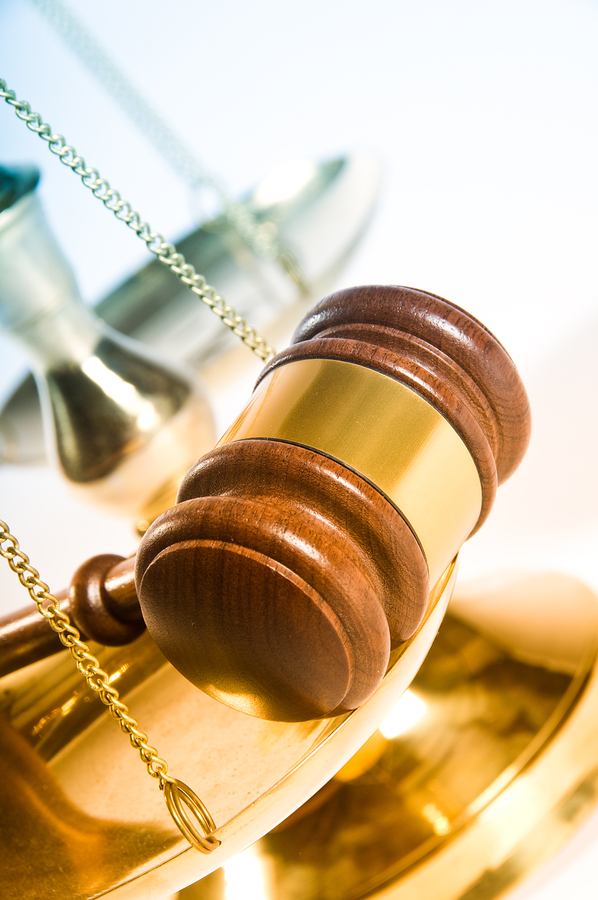
Noting the rise of emoji in court cases, and the multiple meanings couched in images like a peach or a bathtub, lawyers in Britain are urging the judiciary to issue guidance on the interpretation of the digital symbols, according to the Times of London.
The icons are increasingly appearing in British criminal, family, and employment hearings, the report said, tracking their rise in the U.S. But the multiple meanings of emoji are not always readily grasped.
Santa Clara University law professor Eric Goldman has documented the appearance of emoji and emoticons in U.S. court opinions since 2004, and has seen their rapid growth. Fifty-three cases contained emoji in 2018, compared to 33 in 2017 and 26 the year before, according to his research, which tracks court opinions in the Westlaw and Lexis legal databases that reference "emoji" or "emoticon."
(Emoji are the more recent images of people and objects whereas emoticons use symbols and punctuation.)
Through emoji, people can communicate a wide range of emotions and actions, but their flexibility as a tool of expression can also provoke misinterpretation. Emoji are often weighted with dual meanings of a sexual or sinister nature. And since in the context of law, courts must frequently assess the meaning of non-verbal communication, the use of emoji can fuel confusion or misdirection, legal experts say.
As the Times of London reported, emoji communications could be interpreted differently by the parties in a trial, which could color the meaning of sexual communications or correspondence between co-conspirators involved in murder or terrorism. The use of a bathtub emoji can mean a coffin and an emoji of a face without lips can be used to express intimidation, "or a warning to stay silent," the report said.
What's more, people's devices and platforms themselves may display the same emoji differently, without either the sender or the receiver knowing they are looking at different images, according to Goldman. In a recent interview he noted that for a time, "Google users thought the 'grinning face with smiling eyes' emoji meant 'blissfully happy,' while Apple users thought it meant "ready to fight." That meant that a Google user who sent that emoji symbol to an Apple user might have prompted a conflict unintentionally, he said.
According to Goldman's research, emoji appear in virtually every area of the law, but the most common types of cases with emoji involve sexual abuse - in which the perpetrator and victim exchange sexual banter - and in cases of employment discrimination.
While Goldman has said that recent cases with emoji have not broken new ground on interpreting the images in the courtroom, he sees the rise of animated and personalized emoji as a coming challenge for judges and lawyers, as they leave open even more room for multiple interpretations.
(COMMENT, BELOW)
Every weekday JewishWorldReview.com publishes what many in the media and Washington consider "must-reading". Sign up for the daily JWR update. It's free. Just click here.


 Contact The Editor
Contact The Editor
 Articles By This Author
Articles By This Author